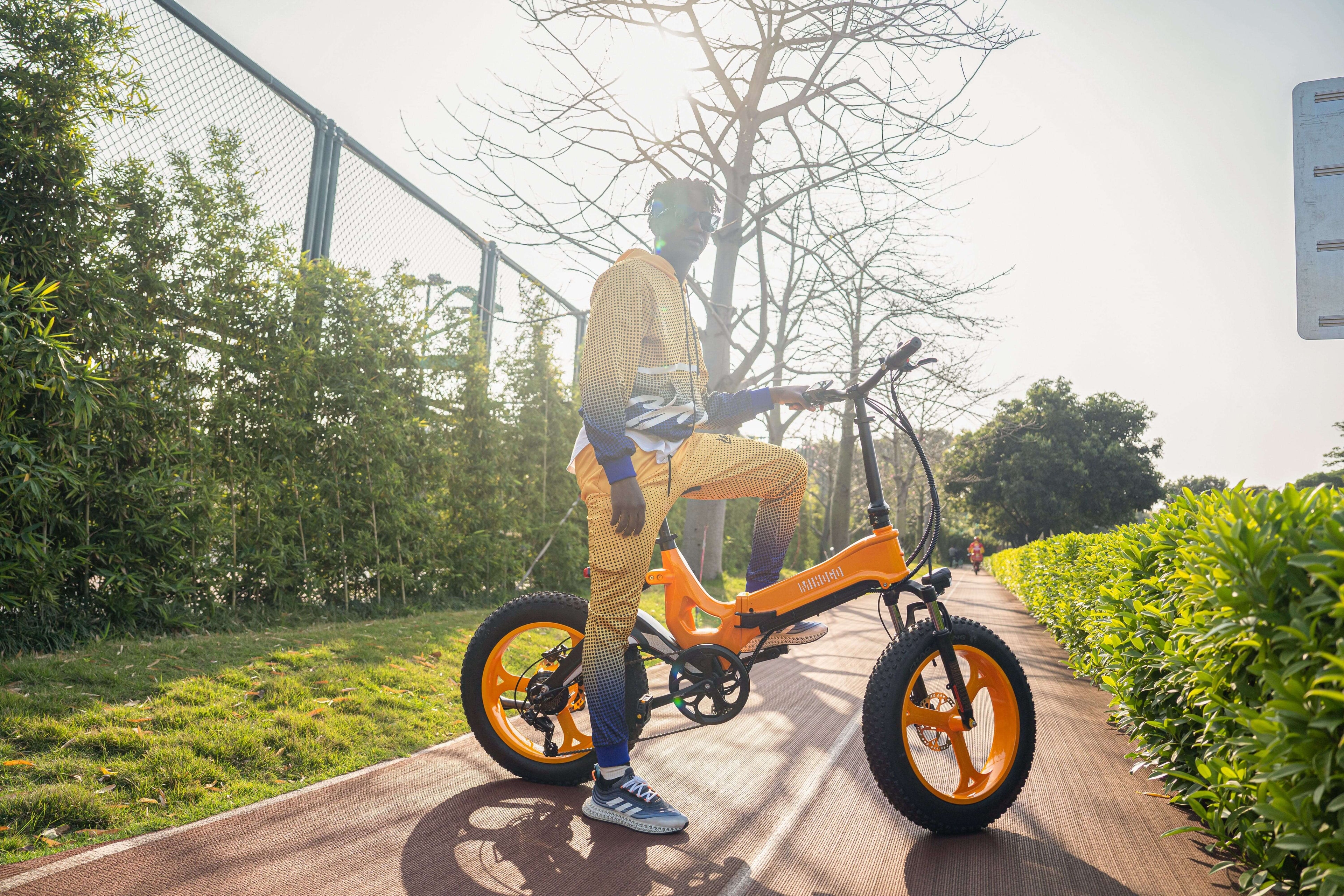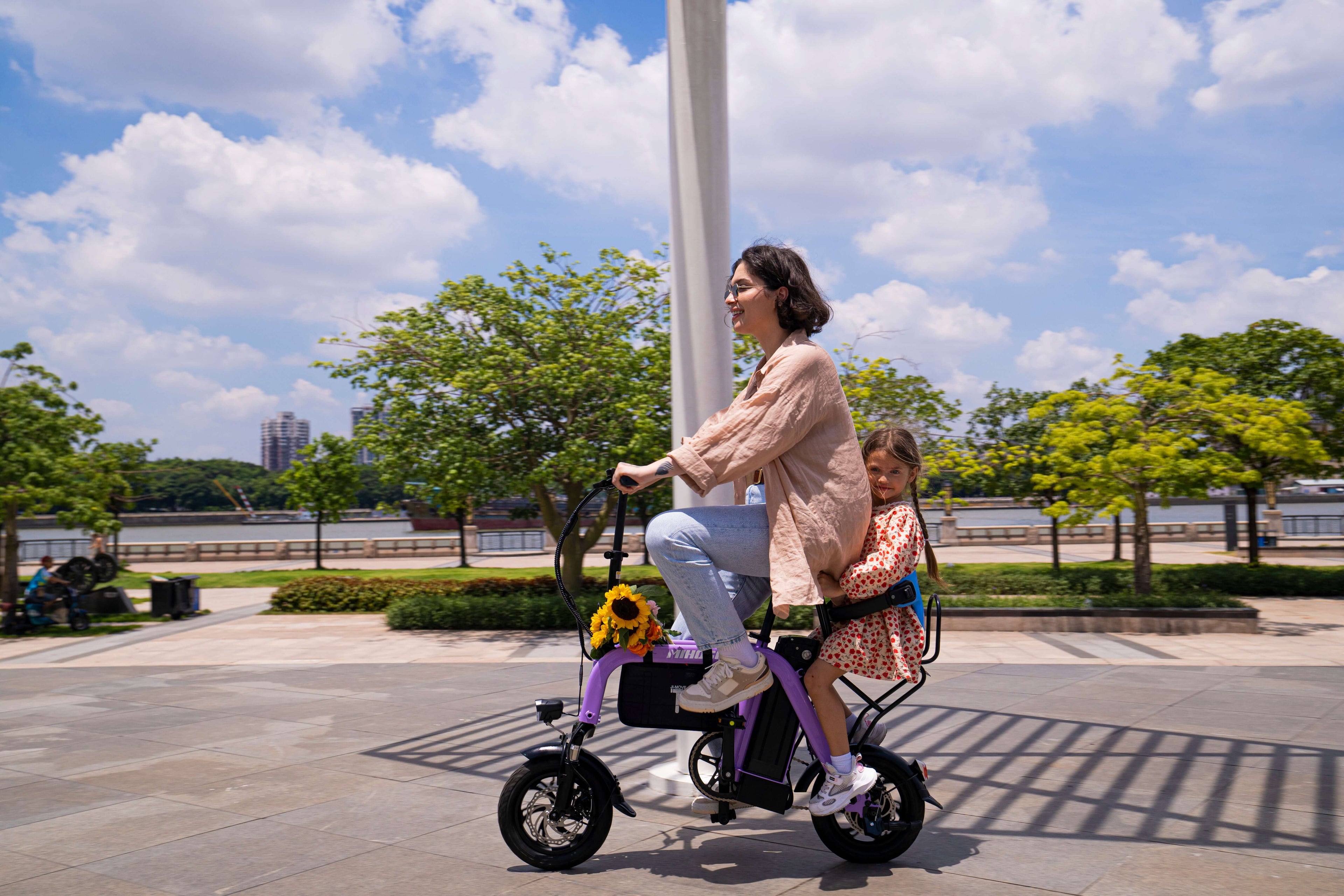Understanding Electric Bike Speed Classifications
US Electric Bike Speed Limits
In the United States, electric bikes follow a three-class system that determines their legal speed limits:
- Class 1 E-bikes: Pedal-assist only, maximum 20 mph (32 km/h)
- Class 2 E-bikes: Throttle-assisted, maximum 20 mph (32 km/h)
- Class 3 E-bikes: High-performance pedal-assist, maximum 28 mph (45 km/h)
These classifications ensure safety while maximizing the benefits of electric assistance for different riding needs.
International Speed Regulations
Speed limits vary globally for electric bike enthusiasts:
- UK/EU: Maximum 15.5 mph (25 km/h) with 250W motor limit
- Canada: Up to 20 mph (32 km/h) with 500W motors
- Australia: 15.5 mph (25 km/h) standard limit
Understanding these global electric bike regulations helps riders stay compliant when traveling internationally.
Real-World Electric Bike Performance
Average Cruising Speeds
Most electric bike riders maintain comfortable cruising speeds of 12-18 mph on flat terrain. This speed range provides:
- Efficient battery usage
- Safe interaction with pedestrians and traffic
- Comfortable riding experience for daily commuting
Factors Affecting E-bike Speed
Several variables influence how fast your electric bike can travel:
Motor Power: Higher wattage motors (750W vs 250W) provide more acceleration and hill-climbing ability
Battery Capacity: Larger battery packs maintain consistent power delivery for longer rides
Rider Weight: Heavier loads require more power, potentially reducing top speeds
Terrain: Hills, headwinds, and surface conditions significantly impact performance
Tire Pressure: Properly inflated tires reduce rolling resistance for optimal speed
High-Performance Electric Bikes
While most e-bikes stick to legal speed limits, some specialized models achieve impressive velocities:
- Premium models: Can reach 40+ mph on private property
- Racing e-bikes: Designed for track use with speeds exceeding 50 mph
- Custom builds: Some enthusiasts create bikes capable of 60+ mph
Note: High-speed e-bikes may require registration, insurance, and licensing depending on local laws.
Choosing the Right Electric Bike Speed for Your Needs
Commuter E-bikes
For daily commuting, Class 1 and Class 2 e-bikes (20 mph limit) offer the perfect balance of:
- Legal compliance on bike paths
- Sufficient speed for urban travel
- Extended battery life
- Lower maintenance costs
Performance Riding
Adventure seekers might prefer Class 3 e-bikes (28 mph) for:
- Faster commutes on dedicated bike lanes
- Better performance on longer rides
- Enhanced hill-climbing capability
Remember to check local regulations, as Class 3 e-bikes face restrictions on some shared paths and trails.
Safety Considerations for High-Speed Riding
Essential Safety Gear
Riding at higher speeds requires proper protection:
- Certified helmets: Essential for all e-bike classes
- Reflective clothing: Increases visibility to motorists
- Quality lights: Front and rear illumination for dawn/dusk riding
- Protective padding: Consider knee and elbow protection for performance riding
Braking Systems
Higher speeds demand superior stopping power:
- Hydraulic disc brakes: Provide consistent, reliable stopping force
- Regenerative braking: Some e-bikes capture energy while slowing down
- Regular maintenance: Keep brake pads and rotors in optimal condition
The Future of Electric Bike Speed Technology
2025 Trends in E-bike Performance
The electric bike industry continues evolving with exciting developments:
Smart Speed Management: AI-powered systems that adjust speed based on traffic conditions and rider behavior
Improved Battery Technology: New lithium-ion and solid-state batteries offering 100+ mile ranges
Lightweight Motors: Advanced motor designs reducing weight while increasing power efficiency
Connected Features: GPS integration and smartphone apps for route optimization and speed monitoring
Emerging Speed Technologies
Innovation drives the next generation of electric bikes:
- Torque sensors: Provide smoother, more natural power delivery
- Multi-motor systems: Dual motors for enhanced acceleration and climbing
- Aerodynamic designs: Streamlined frames reducing wind resistance at higher speeds
Maximizing Your Electric Bike's Speed Potential
Maintenance Tips for Optimal Performance
Keep your e-bike running at peak performance with regular maintenance:
- Battery care: Charge regularly and store at proper temperatures
- Tire maintenance: Check pressure weekly for optimal rolling efficiency
- Chain lubrication: Clean, well-lubricated drivetrains improve power transfer
- Brake adjustments: Properly adjusted brakes ensure safe high-speed stops
Riding Techniques for Speed
Experienced riders use these techniques to maximize their e-bike's potential:
- Proper riding position: Lower, aerodynamic stance reduces wind resistance
- Pedal assistance: Combine motor power with pedaling for maximum efficiency
- Route planning: Choose paths with minimal stops and favorable terrain
- Weight distribution: Proper load positioning affects handling and speed
Legal Compliance and Responsible Riding
Know Your Local Laws
Before pushing speed limits, research local regulations:
- Registration requirements for high-speed e-bikes
- Helmet laws for different e-bike classes
- Trail and path access restrictions
- Insurance requirements for modified bikes
Ride Responsibly
Speed comes with responsibility:
- Respect pedestrians: Slow down in crowded areas
- Follow traffic laws: Obey signals and speed limits where applicable
- Trail etiquette: Yield to hikers and traditional cyclists
- Community relations: Positive riding behavior supports e-bike acceptance
Conclusion: Finding Your Perfect Electric Bike Speed
Electric bikes offer incredible versatility in speed and performance. Whether you need a reliable 15 mph commuter or a thrilling 28 mph performance machine, understanding speed classifications, safety requirements, and local laws ensures you choose the right e-bike for your lifestyle.
The key is matching your speed needs with legal requirements and safety considerations. Most riders find that 20 mph provides the perfect balance of efficiency, safety, and legal compliance for daily use.
As electric bike technology continues advancing, we can expect even better performance, longer ranges, and smarter speed management systems. The future of personal transportation is electric, efficient, and exciting.
Ready to experience the thrill of electric bike riding? Explore the latest innovations and find your perfect speed companion today.
choosing the perfect e-bike motor








